Introduction
Diabetes is a chronic condition that requires meticulous monitoring and management of blood glucose levels. The FreeStyle Libre system has revolutionized how people with diabetes track their glucose, offering a convenient and discreet continuous glucose monitoring (CGM) solution. With its ability to store up to 8 hours of glucose data, regularly uploading and reviewing this information is crucial for gaining valuable insights into your glucose patterns and trends. In this comprehensive article, we’ll guide you through uploading your FreeStyle Libre data, ensuring you can make informed decisions about your diabetes management and ultimately achieve better glycemic control.
Understanding the Importance of CGM Data
Continuous glucose monitoring (CGM) has become an indispensable tool for people with diabetes, providing real-time glucose readings and helping to identify trends and patterns that might otherwise go unnoticed. By regularly uploading and analyzing your FreeStyle Libre data, you can:
- Identify Glucose Patterns: Gain insights into how your body responds to different foods, activities, and medications, allowing you to make informed adjustments to your diabetes management plan.
- Prevent Hypoglycemia and Hyperglycemia: By monitoring your glucose levels closely, you can take proactive steps to prevent potentially dangerous low or high-blood sugar episodes.
- Improve Glycemic Control: Regular monitoring and data analysis can help you achieve better overall glycemic control, reducing the risk of long-term complications associated with diabetes.
- Enhance Communication with Healthcare Providers: Sharing your CGM data with your healthcare team facilitates more effective collaboration and tailored treatment plans, ensuring you receive the best possible care.
Preparing for the Upload
Before you begin the upload process, you must ensure that you have the necessary equipment and that your devices are correctly configured and updated.
Gathering the Necessary Equipment
To upload your FreeStyle Libre data, you’ll need the following items:
- FreeStyle Libre Reader or Compatible Device: The FreeStyle Libre reader is a dedicated device for scanning and uploading your sensor data. Alternatively, you can use a compatible mobile device with the FreeStyle LibreLink app installed.
- USB Cable (if using a reader): If you’re using the FreeStyle Libre reader, you’ll need a USB cable to connect it to your computer for data transfer.
- Compatible Computer or Mobile Device: Ensure that your computer or mobile device meets the system requirements for the FreeStyle Libre software or app.
- Active Account on the FreeStyle Libre Software or App: You must create an account on the FreeStyle Libre software or app to access and manage your glucose data.
Ensuring Compatibility and Software Updates
Before proceeding with the upload, ensuring that your devices and software are up-to-date and compatible with the FreeStyle Libre system is crucial. Follow these steps:
- Check System Requirements: Verify that your computer or mobile device meets the minimum system requirements for the FreeStyle Libre software or app. These requirements are typically found on the manufacturer’s website or within the software/app documentation.
- Update Software and Apps: Check for updates to the FreeStyle Libre software or app and install the latest versions. Software updates often include bug fixes, performance improvements, and new features that enhance your experience and data management capabilities.
- Update Device Firmware: If using a dedicated FreeStyle Libre reader, ensure the device firmware is up-to-date. Firmware updates can address issues, improve functionality, and ensure compatibility with the latest software.
By taking these preparatory steps, you’ll ensure a smooth and seamless upload process, maximizing the accuracy and reliability of your glucose data.
Uploading the Data
Once you’ve gathered the necessary equipment and ensured compatibility and software updates, you can upload your FreeStyle Libre data. The process varies slightly depending on whether you’re using the FreeStyle Libre reader or the FreeStyle LibreLink app.
Using the FreeStyle Libre Reader
If you’re using the FreeStyle Libre reader, follow these steps to upload your data:
- Connect the Reader to Your Computer: Connect the FreeStyle Libre reader to your computer using the USB cable. Make sure the connection is secure and stable.
- Open the FreeStyle Libre Software: Launch the FreeStyle Libre software on your computer. If prompted, enter your account credentials or create a new account.
- Initiate the Upload Process: Within the software, locate the option to upload data from your reader. This option may be labeled differently depending on the software version. Still, it should be visible in the main interface or menu.
- Follow the Prompts: The software will guide you through the upload process, which may involve scanning your sensor or reader, confirming data transfer, and providing additional information as requested.
- Review and Analyze Data: Once the upload is complete, you can access and review your glucose data within the software. The software typically provides various visualizations, such as graphs and charts, to help you analyze glucose patterns and trends.
Using the FreeStyle LibreLink App
If you’re using a compatible mobile device with the FreeStyle LibreLink app, follow these steps:
- Open the FreeStyle LibreLink App: Launch the FreeStyle LibreLink app on your compatible mobile device.
- Enable Bluetooth: Ensure your device’s Bluetooth allows communication between the app and your FreeStyle Libre sensor.
- Connect to Your Sensor: Follow the instructions to connect your FreeStyle Libre sensor to the app. This may involve scanning the sensor or entering a unique code.
- Automatic Data Upload: Once connected, the app will automatically sync and upload your glucose data to the cloud or the manufacturer’s secure server.
- Access and Review Data: You can access and review your glucose data within the FreeStyle LibreLink app or by logging into your account on the FreeStyle Libre website. The app and website typically offer various data visualization tools like graphs, charts, and trend analysis.
Remember, the upload process may vary slightly depending on the software or app version you’re using, as well as the specific device you have. Always follow the manufacturer’s instructions carefully to ensure a successful and accurate data upload.
Interpreting and Utilizing the Data
Once you’ve successfully uploaded your FreeStyle Libre data, the next step is to interpret and utilize the information to optimize diabetes management.
Analyzing Glucose Patterns and Trends
After uploading your FreeStyle Libre data, take the time to review and analyze the glucose patterns and trends thoroughly. Look for patterns that may indicate potential issues or areas for improvement, such as:
- High or Low Glucose Levels at Specific Times of the Day: Identify any consistent patterns of high or low glucose levels at certain times, which may be related to meals, exercise, or medication schedules.
- Rapid Fluctuations in Glucose Levels: Observe any fluctuations or spikes in glucose levels, which food choices, stress, or insulin dosing could cause.
- Prolonged Periods of Hyperglycemia or Hypoglycemia: Note any extended periods of high (hyperglycemia) or low (hypoglycemia) glucose levels, as these can have serious health consequences if left unchecked.
- Impact of Lifestyle Factors: Correlate your glucose patterns with factors such as diet, physical activity, sleep patterns, and stress levels to identify potential triggers or areas for improvement.
Sharing Data with Your Healthcare Team
Effective diabetes management requires close collaboration with your healthcare team, and sharing your FreeStyle Libre data is essential to this process. Most FreeStyle Libre software and apps allow you to easily share your glucose data with your healthcare providers, such as endocrinologists, diabetes educators, or nutritionists.
Sharing your data can be incredibly valuable for making informed decisions about adjustments to your diabetes management plan, including:
- Dietary Modifications: Based on your glucose patterns and trends, your healthcare team may recommend dietary changes, such as adjusting carbohydrate intake, portion sizes, or meal timing.
- Insulin Dosage Adjustments: Your provider may suggest adjustments to your insulin dosage or timing based on your glucose data to better manage your blood sugar levels.
- Exercise Recommendations: By analyzing the impact of physical activity on your glucose levels, your healthcare team can provide tailored exercise recommendations to help improve glycemic control.
- Medication Changes: In some cases, your healthcare provider may recommend changes to your oral medications or other therapies to better manage your diabetes based on your glucose data.
- Identifying and Addressing Potential Issues: Sharing your data can help your healthcare team identify potential issues or concerns, such as frequent hypoglycemic episodes or persistent hyperglycemia, and develop strategies to address them.
When sharing your data, you must provide your healthcare team with as much context as possible, including information about your diet, exercise routine, medication adherence, and any other relevant factors that may impact your glucose levels.
Utilizing Data-Driven Insights for Better Self-Management
In addition to working closely with your healthcare team, regularly analyzing your FreeStyle Libre data can empower you to take an active role in your diabetes self-management. By identifying patterns and trends, you can make informed decisions about your daily routines and lifestyle choices, such as:
- Meal Planning: Use your glucose data to understand how different foods and portion sizes affect your blood sugar levels. This will allow you to make more informed meal choices and better manage your carbohydrate intake.
- Exercise and Physical Activity: Observe how different types and intensities of physical activity impact your glucose levels and adjust your exercise routine to optimize glycemic control.
- Stress Management: Monitor the effects of stress on your glucose levels and explore strategies for better managing stress, such as practicing mindfulness, meditation, or engaging in relaxing activities.
- Sleep Optimization: Assess the relationship between your sleep patterns and glucose levels and adjust your sleep routine if necessary to improve overall glycemic control.
- Medication Adherence: Use your glucose data to evaluate the effectiveness of your medication regimen and identify potential issues with adherence or dosing.
By taking an active, data-driven approach to diabetes self-management, you can make informed decisions that align with your unique needs and lifestyle. This will ultimately lead to better glycemic control and improved overall health and well-being.
Overcoming Challenges and Seeking Support
While the FreeStyle Libre system and data analysis can significantly enhance your diabetes management, it’s essential to recognize that there may be challenges along the way. Some common challenges include:
- Technical Issues: Occasionally, you may encounter technical difficulties with the FreeStyle Libre system, such as connectivity issues or software glitches. In such cases, it’s essential to consult the manufacturer’s troubleshooting guidelines or seek assistance from their customer support team.
- Data Interpretation Challenges: Interpreting glucose data can be complex, and you may need help identifying patterns or understanding the implications of specific trends. Don’t hesitate to seek guidance from your healthcare team or contact diabetes educators or support groups for assistance.
- Emotional and Psychological Challenges: Managing a chronic condition like diabetes can be emotionally and psychologically taxing. It’s essential to acknowledge and address any feelings of stress, anxiety, or burnout that may arise and seek support from mental health professionals or diabetes support groups if needed.
- Financial Considerations: Some individuals may be concerned about the costs associated with CGM systems and related supplies. Explore our shop section and the available patient eligibility programs to alleviate financial burdens.
Keep in mind that you’re not on this diabetes journey by yourself. There are numerous resources and support systems available to help you overcome challenges and achieve optimal glycemic control. Don’t hesitate to contact your healthcare team, diabetes educators, support groups, or online communities for guidance, encouragement, and resources.
Conclusion
Uploading and regularly reviewing your FreeStyle Libre data is crucial in effective diabetes management. Following the steps outlined in this comprehensive guide ensures you’re making the most of this powerful CGM technology and gaining valuable insights into your glucose patterns.
Remember, effective diabetes management is a collaborative effort. Work closely with your healthcare team, sharing your glucose data and seeking their guidance on adjustments to your treatment plan. Embrace a data-driven approach to self-management, using the insights from your FreeStyle Libre data to make informed decisions about your daily routines and lifestyle choices.
While challenges may arise along the way, remember that you have access to a wealth of resources and support systems. Seek assistance when needed, and remain dedicated to your journey towards better glycemic control and improved overall health and well-being.
By combining the power of CGM technology like the FreeStyle Libre system with a proactive and informed approach to diabetes management, you can take control of your condition and live a fuller, healthier life.



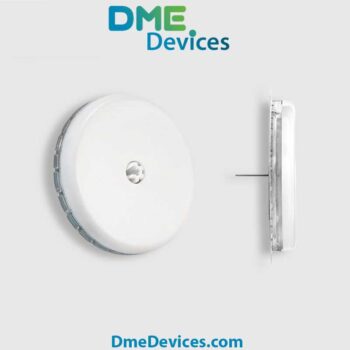


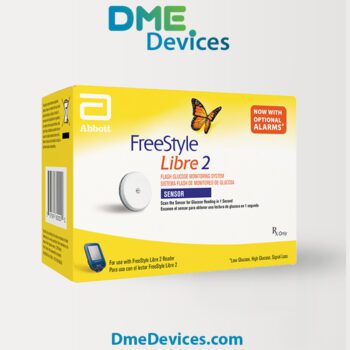
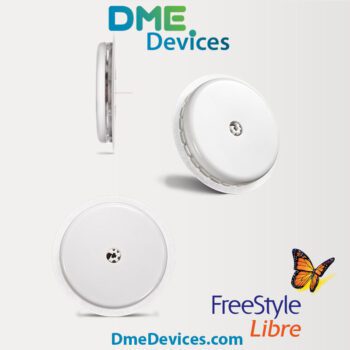


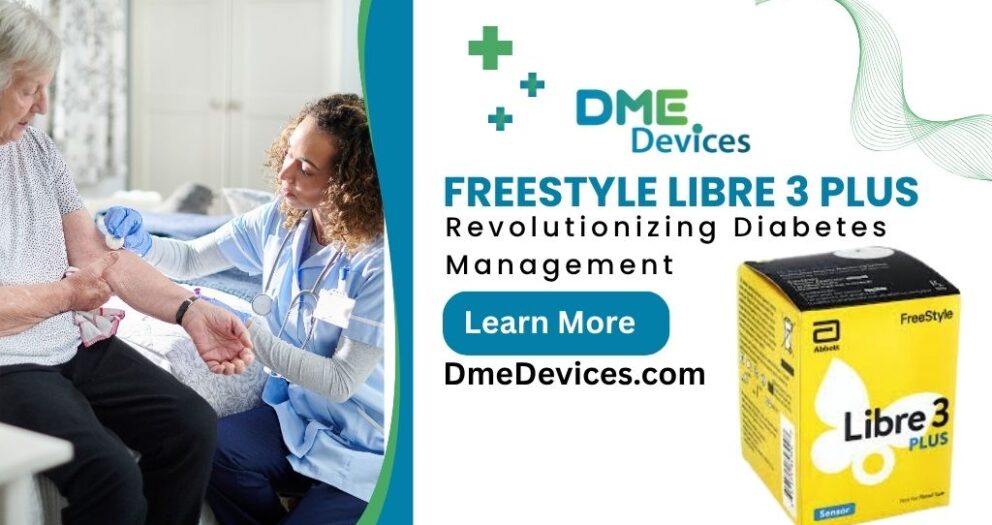
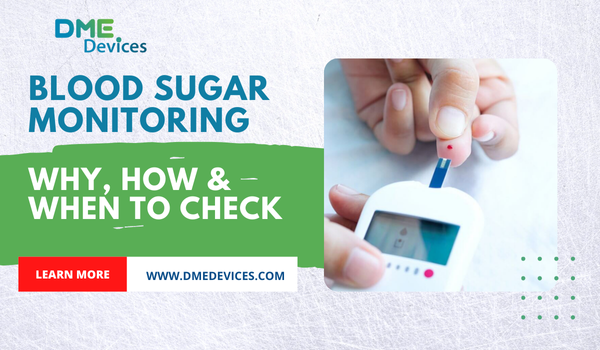

Write a comment
Your email address will not be published. All fields are required